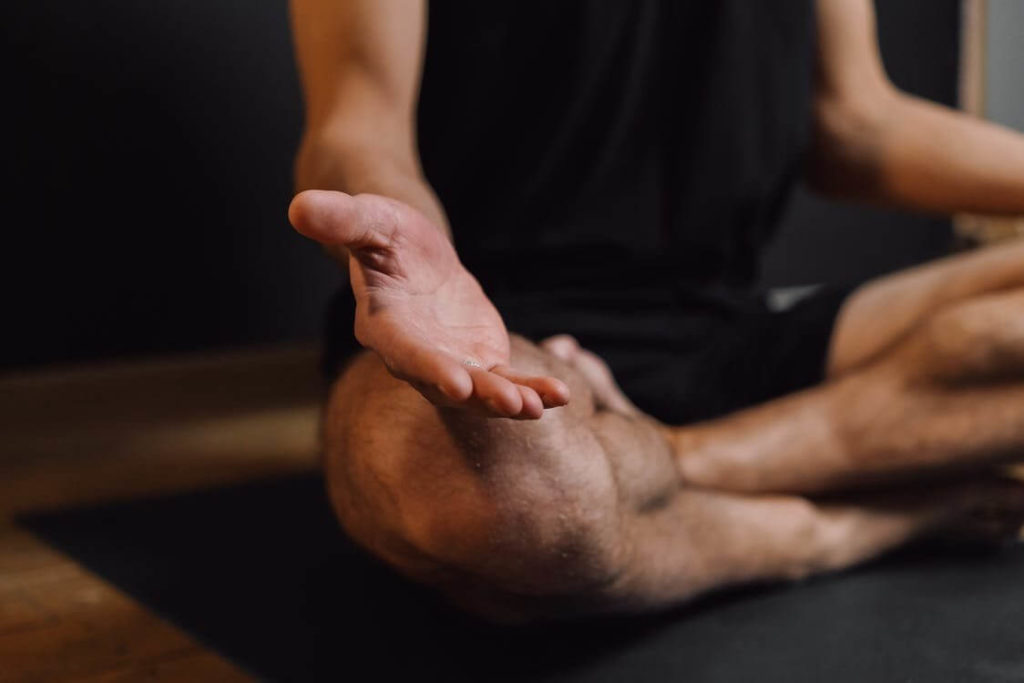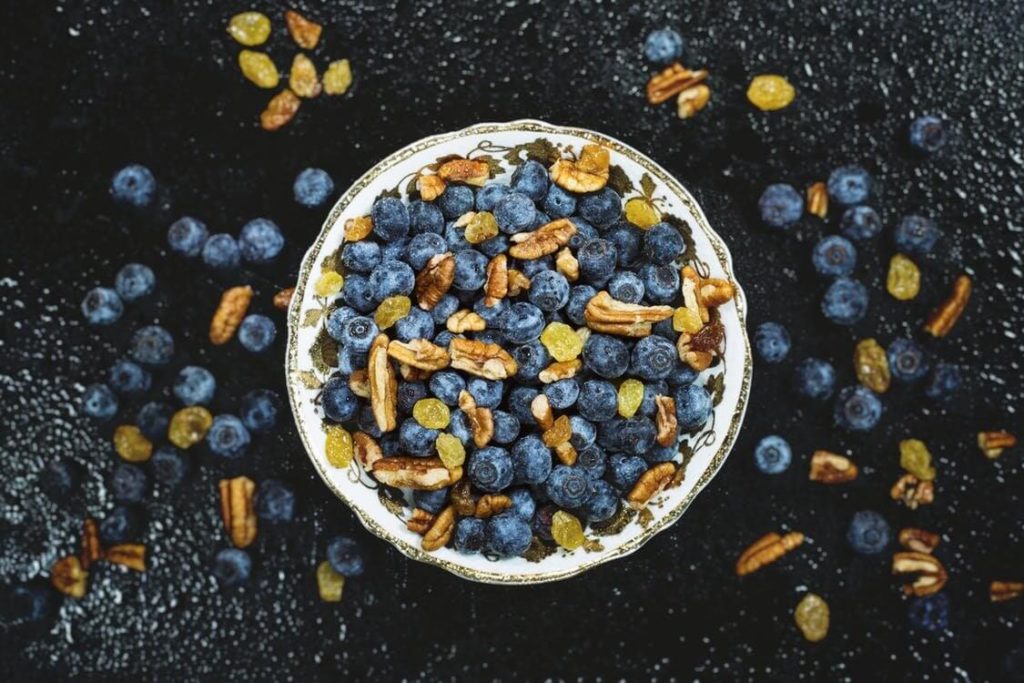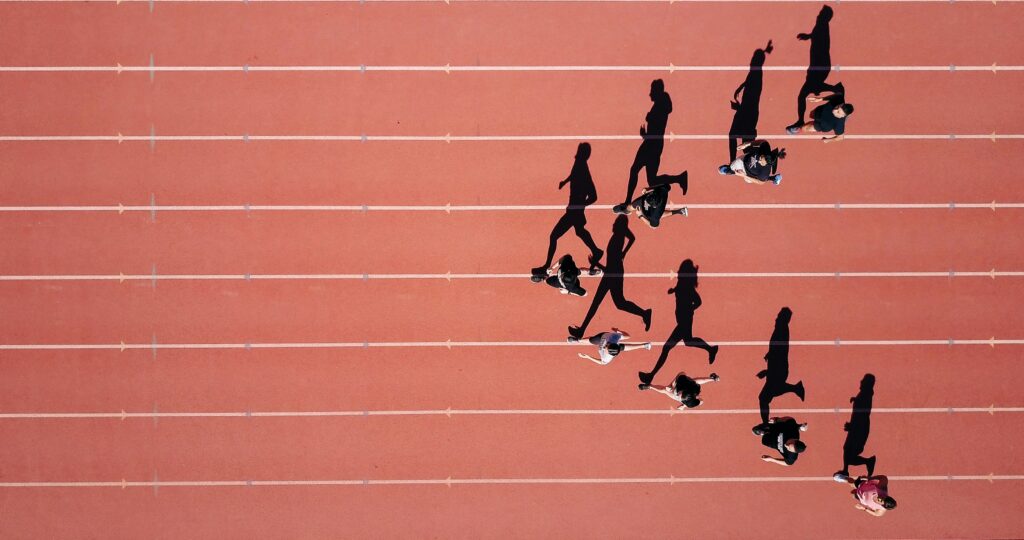Athletes understand the importance of exercise and training for optimal performance and improvement. However, rest and recovery are also a crucial aspect of an exercise program because they allow the body to repair and strengthen between workouts. They also allow the athlete to recover psychologically. Rest and recovery are underappreciated and underutilised training variables that are critical to achieving optimal performance and injury prevention. They’re as valuable as training for peak performance.
Sleep is a major component of rest and recovery. Sleep-deprived athletes are at risk of losing aerobic endurance and may experience subtle changes in hormone levels, which can lead to higher levels of cortisol (a stress hormone) as well as a decrease in human growth hormone, which is active during tissue repair.

What happens during the rest day?
The body is allowed to adapt to the stress associated with exercise, it replenishes muscle glycogen (energy stores) and provides time for the body tissue to repair. Simply put, recovery is the return to a normal state of mind and body.
Physiologically, recovery involves:
1) normalisation of resting heart rate, blood pressure and breathing rate;
2) restoration of energy stores such as blood glucose and muscle glycogen; and
3) return to resting cell function.
Below are a few benefits of rest days
- Muscle glycogen recovery: Muscle glycogen stores have to be replenished after a workout session. take several days, however, to fully replenish glycogen reserves after a prolonged effort.
- Injury prevention: Rest days reduce the added strain that delayed onset muscle soreness (DOMS) and muscle fatigue place upon the body. If you’ve ever exercised with DOMS, you might have noticed that some of the most basic movements become difficult to push through during regular training. Going through with the workout without proper recovery may increase the chances of injury.

- Promotes muscle growth:Contrary to popular belief that muscle mass is gained only during training, your muscles grow in the rest period as well. When we perform strength training exercises, our muscles are essentially damaged in the process. They sustain microscopic injuries and tears, which then need rest to restore themselves. Once the muscles have been given adequate rest, they then grow in mass.
- Aids in proper recovery: Aside from helping with the recovery of obviously physical injuries ,rest days also alleviate the negative effects of constant exercise on your central nervous and immune systems. The immune system is partially responsible for removing pain from the joints and muscles within your body post-exercise and is prevented from fulfilling this task properly when you don’t give it a break.

- Prevents mental exhaustion/burnout: Mental fatigue may propel you to skip exercise or demotivate you into not giving your maximum effort during a workout.
Nutrition on rest days
The body continues to make protein and repair worn-down muscles for up to 48 hours after training. Not following proper recovery nutrition principles on rest days may hinder your training and cause performance setbacks. A rest day nutrition plan should include the right balance of carbohydrate, fat, and protein. Here’s what you need to know:
- Carbs: Carbohydrates are important for muscle recovery. They help replace glycogen stores, supplying the muscles with more energy. Studies have also found that carbs are necessary for maximum protein absorption. Fibre-rich complex carbohydrates are ideal to consume on rest days. Carbohydrates are stored as glycogen in your muscle and liver, which gets depleted with exercise/ training/ physical activity. Examples of complex carbs include quinoa, brown rice, red rice, rolled oats, muesli, etc.
- Protein: Adequate protein intake from high-quality sources is important to support muscle repair and growth. After all, protein is the building block of your muscles. Some good protein sources include chicken, beef, fish, tofu, legumes (e.g., beans, peas and lentils).
- Fats: Choose healthy fats and ensure that you consume them along with other macronutrients. There is a difference between healthy fats and unhealthy fats. Healthy fats include those found in avocados, nuts and olive oil. Unhealthy fats are those found in processed foods such as cakes, cookies and chips.

- Antioxidants: Consume antioxidant-rich food to counter inflammation build-up inside the body due to training. Inflammation is bad for the joints, muscle health and immunity. If inflammation is the poison, then antioxidant-rich foods are the antidote. Eating dark-coloured fruits and vegetables such as beets, berries and leafy greens, will provide you full of antioxidants to help decrease inflammation.
- Rest: Rest days are also an ideal time to stay hydrated. Your body is made mostly of water, so continually replenishing it is essential on days you’re losing fluid through sweat as well as days you’re recovering, i.e, on rest days. Drinking water helps prevent muscle cramps from dehydration as well as transmitting nutrients through your body. Proper hydration supports joint lubrication and relieves muscle soreness as well. One way to improve hydration is to ensure that you consume at least 2.5-3 litres of water through the day.
- Packaged foods: They neither satiate the hunger nor help nutritionally. Foods that are high in refined carbohydrates and excess sugar are the ones to try to minimise/avoid on rest days. These foods may not help your body metabolically recover. So watch out for sugars and refined carbs.

- Alcohol: Avoid alcohol. A review in the journal Nutrients suggests that drinking alcohol during the recovery phase may actually decrease muscle protein synthesis and growth. Plus, it dehydrates you, which can negatively affect your overall well being for tomorrow’s training.
- Sleep: For both athletes and non-athletes, sleep is essential for overall health and wellbeing. Its restorative effects are important for athletes’ recovery and performance. Both increased quantity and quality of sleep helps athletes improve performance and reduced sleep has the opposite effect on performance. Evidence shows that more sleep or extended sleep can benefit athletes, their recovery and their performance. Recommendations for athletes range between seven and nine hours regularly. Additional sleep is encouraged before events such as travelling to competitions, before a heavy competition, and during times of illness or injury. Avoid caffeine in the afternoon post lunch, avoid drinking large volumes of fluids before sleep, and have a warm shower to promote better sleep.
Active recovery
During passive recovery, the body stays completely at rest. It may involve sitting or inactivity. Passive recovery is important and beneficial if you’re injured or in pain. If you are not injured or in pain but generally sore, active recovery is considered a better option. One study has shown that easy exercise (even though it requires some effort) helps muscles to bounce back quicker and benefits the body more than passive rest.

- Swimming: Swimming is a low-impact exercise that’s easy on your joints and muscles. One study found that among triathletes who followed a HIIT session with recovery in the pool had a better exercise performance the next day. Researchers think the activity in water may help reduce inflammation.
- Walking/jogging: Walking is one of the best forms of active recovery. If you’re a runner, you can also go for a slow jog. Walking or jogging at a leisurely pace can enhance blood flow and help with recovery. Even a few minutes of movement the day after a tough workout is enough to promote circulation and help reduce stiffness and soreness.

- Foam rolling: Active recovery doesn’t only include movement. You also can stretch and roll a foam roller over parts of your body and get many of the same benefits. If your muscles are sore, foam rolling can help relieve tightness, reduce inflammation and increase your range of motion.
Active recovery exercises are generally considered safe. If you’re in pain and suspect you have an injury, avoid active recovery.
Conclusion
Rest days are essential for performing at the top of your game. Don’t cheat yourself out of your best efforts under the guise of “working harder.” Plan rest days into your routine, and remember that you can’t be constantly progressing. Enjoy the opportunity of rest days to relax, recover and rejuvenate your body.
Disclaimer: The contents of this article are for general information and educational purposes only. It neither provides any medical advice nor intends to substitute professional medical opinion on the treatment, diagnosis, prevention or alleviation of any disease, disorder or disability. Always consult with your doctor or qualified heal
thcare professional about your health condition and/or concerns and before undertaking a new healthcare regimen including making any dietary or lifestyle changes.
References








